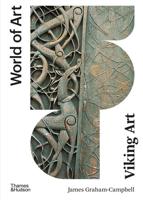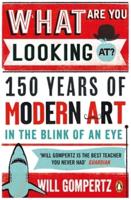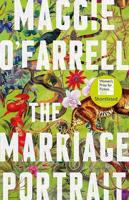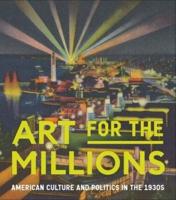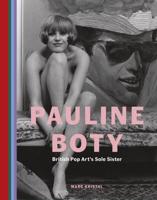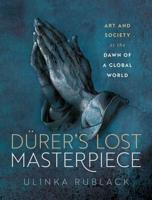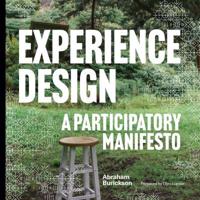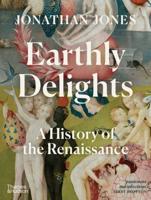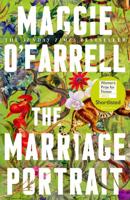Publisher's Synopsis
"This book traces the origins, economic development, and later history of church treasures, and explores the forms and function of these objects of memory and wonder. Precious metalwork, relics, chess pieces, ostrich eggs, unicorn horns, and bones of giants were among the treasury objects accumulated in churches during the Middle Ages. The material manifestations of a Christian worldview, they would only later become naturalia and objets d'art, from the sixteenth and the nineteenth century onwards, respectively. Philippe Cordez traces the rhetorical origination, economic development, and later history of church treasures, and explores the forms and functions of the memorial objects that constituted them. Such objects were a source of wonder for their contemporaries and remain so today, albeit for quite different reasons. Indeed, our fascination relates primarily to their epistemic and aesthetic qualities. Dealing also with these paradig

